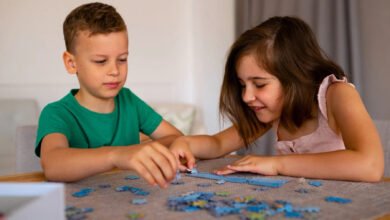Why This Popular Parenting Strategy Fails, According to a Stanford Psychologist

After a child’s meltdown, the usual routine is a timeout, calming down, and then life goes on as if nothing happened. Maybe there’s a quick apology, or maybe not. No harm done, right?
Not exactly.
As a clinical psychologist, I see this “move on” approach all the time, and it’s incomplete. Children aren’t being praised for calming themselves down. Their big emotions get brushed off. And over time, they don’t learn how to actually process what they’re feeling, they just learn to suppress and forget.
If you want to raise emotionally intelligent children who can resolve conflict well, here are five key things to do after a meltdown:
1. Follow discipline with a calm, comforting debrief
Once everyone’s calm, create a cozy space to talk. Each person takes a turn sharing what they thought and felt, no interruptions. Focus on validating emotions, not judging behavior.
2. Let them take the lead
Children often feel powerless after a tantrum. Giving them the first word helps them feel back in control. Even if their version of events is wild, help them reflect instead of correcting.
3. Listen compassionately and keep your cool
You don’t have to agree with their story to validate their feelings. “I see how it felt that way” is more powerful than “That’s not what happened.” Empathy first, accuracy later.
4. Hold yourself accountable, too
Show your child how to take accountability. Skip the blame-shifting “I’m sorry you felt that way.” Instead: “I raised my voice. That was wrong. I’m sorry. Next time, I’ll step away when I feel overwhelmed.”
5. Show them how you identify and articulate your emotions
After validating theirs, share yours. Show them that anger wasn’t the only thing you felt. Maybe you were scared, confused, or disappointed. Invite them to see your side with gentle questions like, “Does that make sense?”
This isn’t about perfect parenting, it’s about modeling the kind of emotional intelligence we want our children to develop.
Let’s teach children to do more than just “move on.” Let’s teach them how to understand themselves and each other.





